The True Story behind The Michael Jordan Movie “Air”
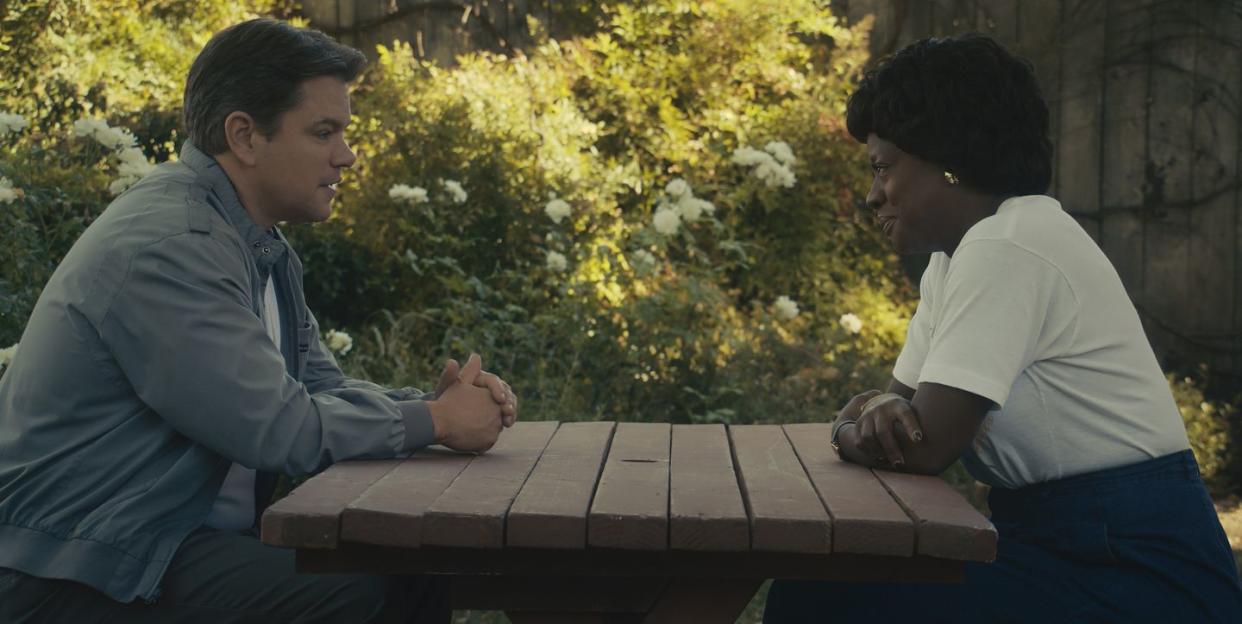
- Oops!Something went wrong.Please try again later.
- Oops!Something went wrong.Please try again later.
"Hearst Magazines and Yahoo may earn commission or revenue on some items through these links."
Nike’s historic partnership with Michael Jordan is one of the greatest marketing success stories in history, but at the time, it was considered a massive gamble. Basketball marketing strategies hadn’t been built around an individual player before, let alone a rookie who had yet to set foot on an NBA court.
Air, the new film directed by Ben Affleck, chronicles the origin story of the Air Jordan shoe line, which became a cultural icon and put the once-fledgling Nike company on the map. While accounts differ over who is most responsible for the partnership, Air focuses largely on Sonny Vaccaro, the Nike executive said to have first conceived the idea.
Matt Damon portrays Vaccaro in the film, while Affleck plays Nike co-founder Phil Knight. Jordan does not appear in the film but personally requested that Viola Davis play his mother, Deloris Jordan. The Air Jordan brand would not have come to be without her: Michael wasn’t even a fan of Nike before signing with them, and it was Deloris who convinced him to meet with the company.
Air is now in theaters. Before (or after) you see the film, here’s what you should know about how Air Jordans were really created.
Nike’s Struggles in the Shoe Industry
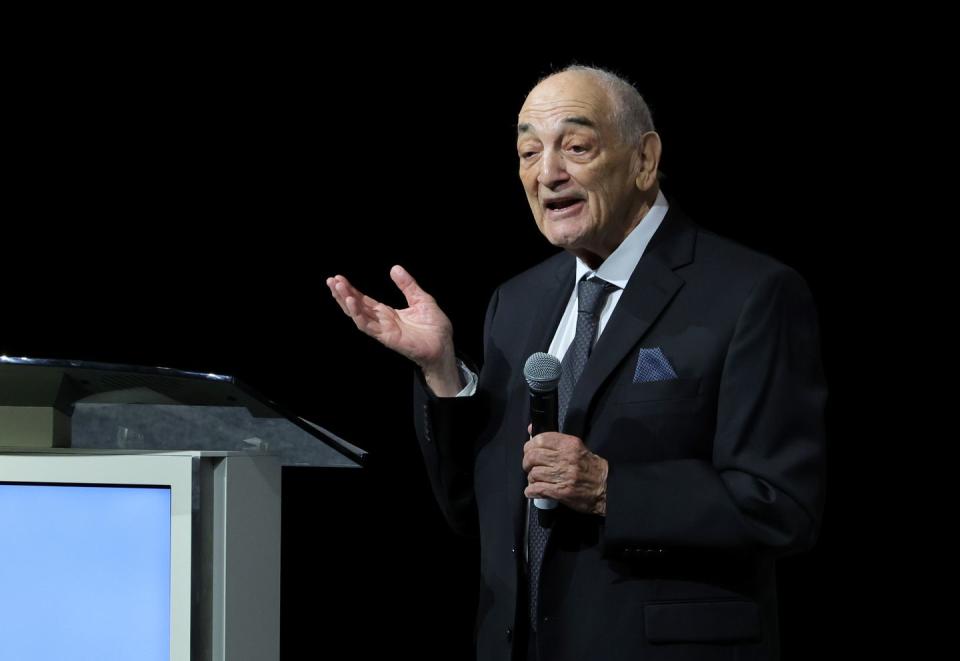
Nike was struggling prior to the Jordan deal, its stocks hitting a low in 1984 as the company lagged behind Reebok and Converse. Vaccaro, who had a wide network of contacts in the basketball world due to his past organizing of high school tournaments, had previously pitched the idea of an exclusive shoe line to Nike.
The proposal was rejected, but Nike’s Marketing Director Rob Strasser (played in the film by Jason Bateman) was impressed with Vaccaro’s energy and connections and set him up with a budget to attract players and coaches for Nike testimonials. Vaccaro’s credibility further increased when he got a young Larry Bird to wear Nikes on the cover of Sports Illustrated.
Vaccaro’s vision for a shoe line was renewed when he watched Jordan lead the North Carolina Tar Heels to victory during the 1982 NCAA championship game. “Something happened in front of the world,” Vaccaro said, according to Roland Lazenby’s book Michael Jordan: The Life.
Vaccaro was convinced Jordan’s talent and charisma would make him a legend, and he wanted to build a shoe brand around him. Jordan, however, preferred Adidas and Converse at the time. “In all honesty, I never wore Nike shoes until I signed with Nike,” he told USA Today.
Seeing the Potential
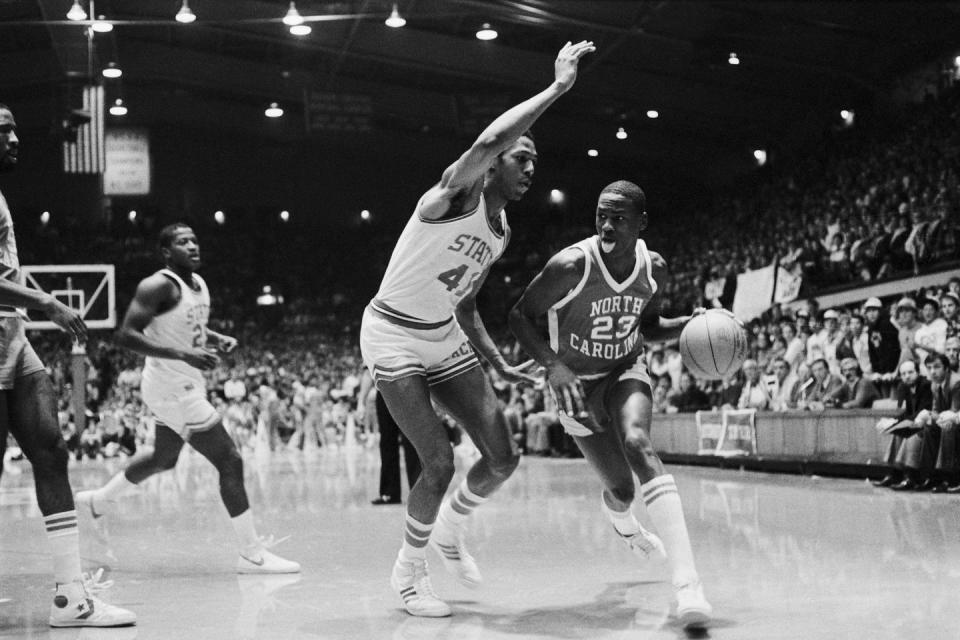
At the time, basketball marketing strategies revolved around teams rather than players, and Vaccaro’s unorthodox proposal was considered risky. But Strasser saw the potential in it, and even though he didn’t know much about Jordan at the time, he believed in star power and thought future campaigns would indeed be built around individual athletes.
“Strasser was our five-star general, and I was ready to follow him into any fray, any fusillade,” Knight wrote in his memoir Shoe Dog. In the summer of 1984, Strasser had a meeting with Jordan’s agent, David Falk (played by Chris Messina in the film), with whom he had been acquainted for years.
Nike’s Creative Designer Peter Moore (played in the film by Matthew Maher) also participated in the brainstorming session, during which the name “Air Jordan” was first floated. Moore had sketched the logo for the brand before the meeting had even ended. The next step was to convince Jordan to sign off, and it would prove to be a challenge.
The first meetings between Jordan and Vaccaro were anything but harmonious. Jordan said he was barely familiar with Nike, and he was fixated on getting a car out of the deal. He wasn’t sold on Vaccaro, either, saying: “I’m not sure I want to have anything to do with such a shady guy.”
Still, the offer was unprecedented: Jordan would receive $2.5 million over five years, plus royalties on every shoe Nike sold, and he hadn’t even started his NBA career yet. “That contract was the biggest bet ever made,” wrote NSS Magazine.
Overcoming Michael Jordan’s Hesitations
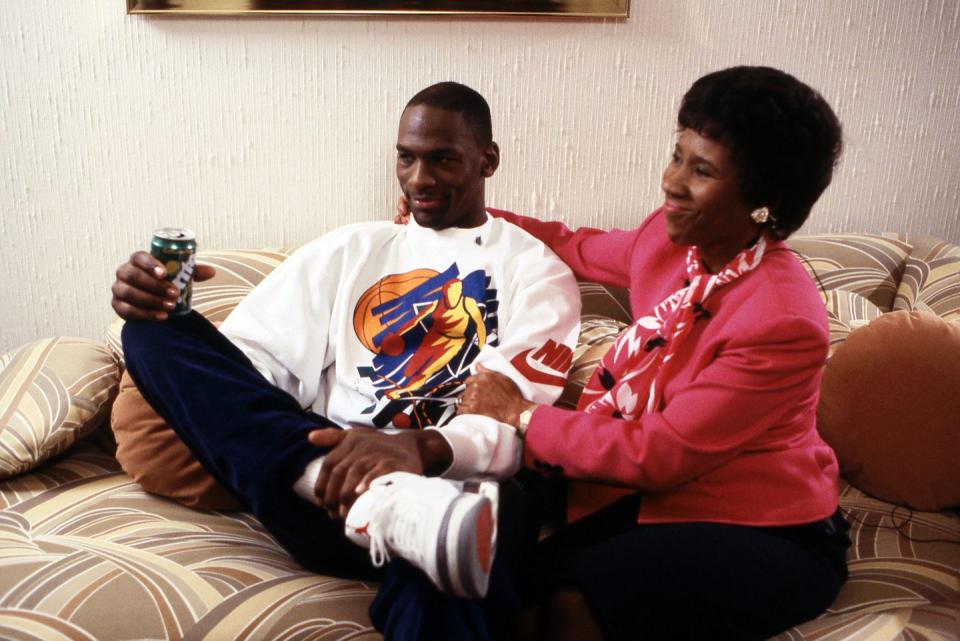
It was ultimately Jordan’s mother, Deloris, who convinced her son to take the deal. Jordan wasn’t even sure he wanted to get on the plane for a big meeting with Nike until Deloris insisted he do so, according to NSS. During the meeting, Deloris did most of the talking. The only words Jordan spoke, after seeing the red and black shoes, was: “Red… the color of the devil.”
Deloris seemed particularly swayed when Vaccaro said Nike was going “all-in” on their son. “That’s exactly what I said to her, and I’m glad I did: We bet it all,” Vaccaro said, according to NSS. “I, myself, was betting my job, and Nike was betting on its future. It was an incredible situation.”
Even so, Jordan made a last-ditch effort to stay with his preferred brand Adidas, which was offering $100,000 a year compared to Nike’s $500,000. “I was very loyal,” Jordan said, according to Jason Coles’ book Golden Kicks: The Shoes that Changed Sport. “I went back to my Adidas contact and said, ‘This is the Nike contract. If you come anywhere close, I’ll sign with you guys.’”
Adidas declined, and Jordan signed with Nike. A potential snag arose when Jordan learned the NBA would fine him $5,000 per game if he wore the shoes, since the rules demanded all players wear similar footwear that matched team uniforms. Undeterred, Nike agreed to pay the fines and ended up benefiting from the publicity.
An Historic Success
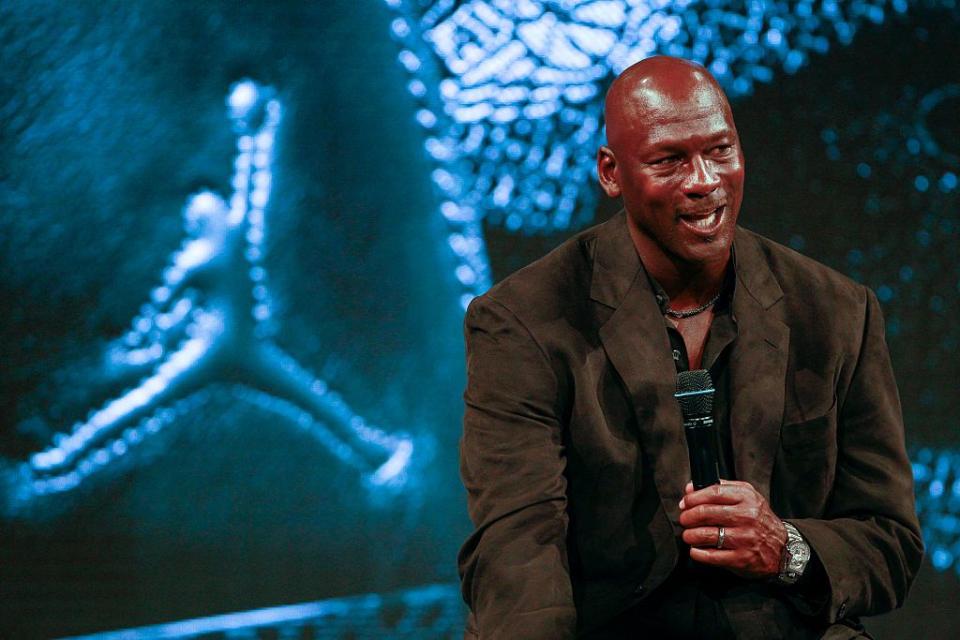
The partnership proved to be an astronomical success. Sales of Air Jordans generated $126 million in the first year alone, shattering Nike’s target of $3 million in the first three years.
Nike became the premier brand for sports footwear, and Air Jordan became a cultural phenomenon that spawned dozens of models. Nike’s Jordan Brand continues to be lucrative. In 2022, it earned $5.1 billion and netted Jordan $256.1 million individually, which is more than double his career NBA salary earnings.
But there is disagreement today over who is truly responsible for the Air Jordan. Jordan said Vaccaro “likes to take credit,” but that it was marketing executive and former basketball player George Raveling (played in the film by Marlon Wayans) that sold him on Nike, according to USA Today. Knight said Vaccaro helped but “wasn’t the MVP in that process,” instead pointing to Strasser and Moore.
As for Vaccaro, he has no hesitation in claiming the credit himself. “Phil Knight’s lying, Michael’s lying more than Phil, and Raveling is insane,” he told USA Today. “All three of them need to destroy me to live happily ever after. Everyone’s trying to rewrite history. It goes beyond Jordan. I am the savior of Nike.”

